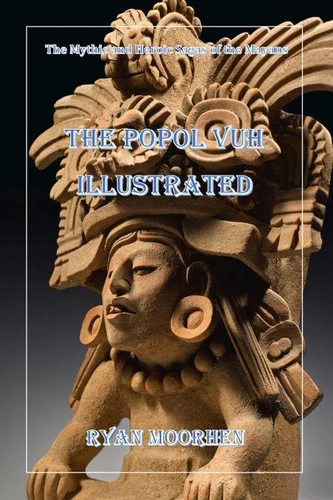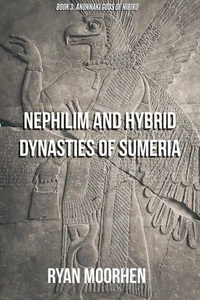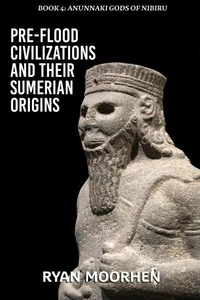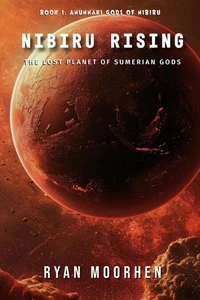The Popol Vuh Illustrated
Par :Formats :
Disponible dans votre compte client Decitre ou Furet du Nord dès validation de votre commande. Le format ePub est :
- Compatible avec une lecture sur My Vivlio (smartphone, tablette, ordinateur)
- Compatible avec une lecture sur liseuses Vivlio
- Pour les liseuses autres que Vivlio, vous devez utiliser le logiciel Adobe Digital Edition. Non compatible avec la lecture sur les liseuses Kindle, Remarkable et Sony
 , qui est-ce ?
, qui est-ce ?Notre partenaire de plateforme de lecture numérique où vous retrouverez l'ensemble de vos ebooks gratuitement
Pour en savoir plus sur nos ebooks, consultez notre aide en ligne ici
- FormatePub
- ISBN978-1-393-84842-4
- EAN9781393848424
- Date de parution10/03/2021
- Protection num.pas de protection
- Infos supplémentairesepub
- ÉditeurRelay Publishing
Résumé
There is no document of greater importance to the study of the pre-Columbian mythology of America than the "Popol Vuh." It is the chief source of our knowledge of the mythology of the Kiché people of Central America, and it is further of considerable comparative value when studied in conjunction with the mythology of the Nahuatlacâ, or Mexican peoples. This interesting text, the recovery of which forms one of the most romantic episodes in the history of American bibliography, was written by a Christianised native of Guatemala sometime in the seventeenth century, and was copied in the Kiché language, in which it was originally written, by a monk of the Order of Predicadores, one Francisco Ximenes, who also added a Spanish translation and scholia.
There is no document of greater importance to the study of the pre-Columbian mythology of America than the "Popol Vuh." It is the chief source of our knowledge of the mythology of the Kiché people of Central America, and it is further of considerable comparative value when studied in conjunction with the mythology of the Nahuatlacâ, or Mexican peoples. This interesting text, the recovery of which forms one of the most romantic episodes in the history of American bibliography, was written by a Christianised native of Guatemala sometime in the seventeenth century, and was copied in the Kiché language, in which it was originally written, by a monk of the Order of Predicadores, one Francisco Ximenes, who also added a Spanish translation and scholia.


















